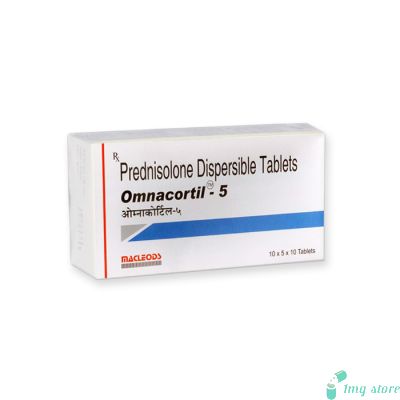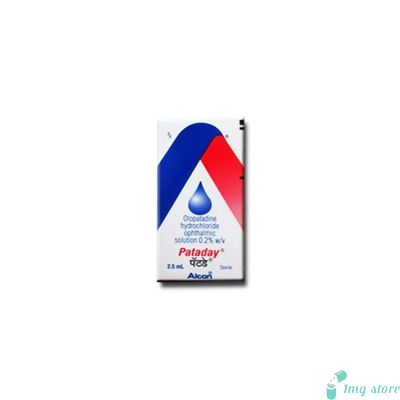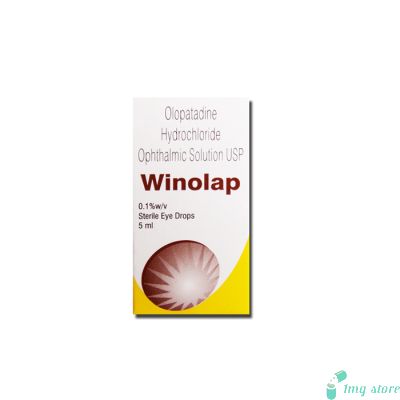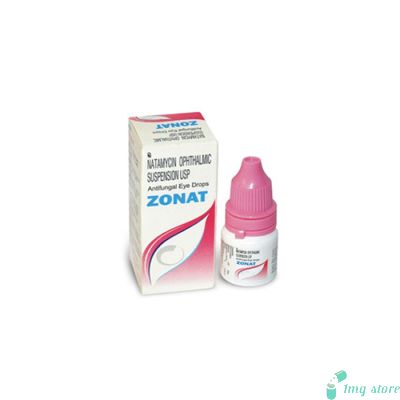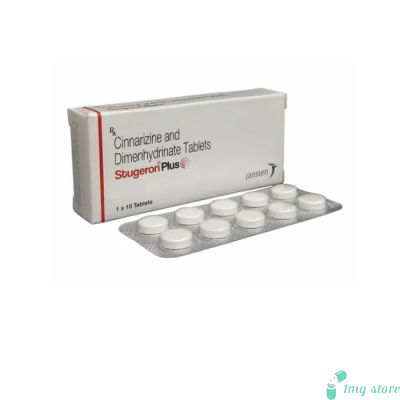Nevanac Ophthalmic Suspension (Nepafenac)
Buy Nevanac Ophthalmic Suspension (Nepafenac), Nepafenac ophthalmic suspension, commonly marketed under the brand name Nevanac, is a medication primarily used in ophthalmology to treat a variety of eye conditions.
Introduction of Nevanac Ophthalmic Suspension (Nepafenac)
Nepafenac ophthalmic suspension, commonly marketed under the brand name Nevanac, is a medication primarily used in ophthalmology to treat a variety of Eye conditions. This comprehensive guide will provide you with detailed information on Nepafenac ophthalmic suspension, covering its uses, dosage information, missed doses, overdose, side effects, precautions, and drug interactions.
What is Nepafenac Ophthalmic Suspension (Nevanac)?
Nepafenac ophthalmic suspension, sold under the brand name Nevanac, is a prescription medication that falls under the class of nonsteroidal anti-inflammatory drugs (NSAIDs). It is specifically designed for ophthalmic use, meaning it is intended for application in the eye. This medication is used to treat various eye conditions characterized by inflammation and pain, making it a valuable tool in the management of ocular health. Below, we will explore the key aspects of Nepafenac ophthalmic suspension, including its uses, dosing instructions, potential side effects, precautions, and interactions with other drugs.
Nepafenac Ophthalmic Suspension Dosage Information
Proper dosage of Nepafenac ophthalmic suspension is crucial for achieving optimal therapeutic outcomes while minimizing the risk of side effects. The dosing information for Nevanac typically includes the following guidelines:
Recommended Dosage: The usual recommended dosage for Nepafenac ophthalmic suspension (Nevanac) is one drop in the affected eye(s), administered three times daily. The exact dosing schedule may vary based on the specific eye condition being treated, so always follow your healthcare provider's instructions.
Administration Technique: Ensure that you wash your hands thoroughly before using Nepafenac ophthalmic suspension. Tilt your head back slightly and pull down your lower eyelid to create a small pocket. Hold the dropper directly over the eye, without touching it, and instill one drop into the pocket. Close your eye gently for a moment to allow the medication to spread evenly across the eye's surface.
Missed Dose: If you miss a dose, apply it as soon as you remember. However, if it is almost time for your next dose, skip the missed dose and continue with your regular dosing schedule. Do not double up on doses to make up for a missed one.
Overdose: In the event of an accidental overdose, seek immediate medical attention. Overdosing on Nepafenac ophthalmic suspension can lead to an increased risk of side effects, including eye irritation and discomfort. Symptoms of overdose may include severe eye pain, redness, and excessive tearing.
Duration of Treatment: The duration of treatment with Nepafenac ophthalmic suspension (Nevanac) will be determined by your healthcare provider. It is important to complete the full course of treatment even if your symptoms improve to ensure the best possible results.
Buy Nepafenac Ophthalmic Suspension:
Find convenient access to Nepafenac ophthalmic suspension (Nevanac) by purchasing it on our website, 1mgstore.com. Enjoy the ease of online shopping and secure your supply of this prescription eye medication.
Some of the precautionary measures to be taken while using Nepafenac Ophthalmic Suspension (Nevanac)
Taking certain precautions while using Nepafenac ophthalmic suspension can help ensure your safety and the effectiveness of the treatment. Here are five important precautions to keep in mind:
- Allergies: Inform your healthcare provider about any known allergies to medications, especially if you have a history of allergic reactions to NSAIDs or other eye drops. This information will help your doctor determine if Nepafenac ophthalmic suspension is suitable for you.
- Contact Lenses: If you wear contact lenses, remove them before applying Nepafenac ophthalmic suspension. You can reinsert your contact lenses 15 minutes after administering the eye drops. Consult your eye care professional for guidance on contact lens use during treatment.
- Pregnancy and Breastfeeding: If you are pregnant, planning to become pregnant, or breastfeeding, discuss the use of Nevanac with your healthcare provider. The potential risks and benefits should be carefully evaluated in these situations.
- Eye Infections: Do not use Nepafenac ophthalmic suspension if you have an eye infection, as it may exacerbate the condition. Consult your healthcare provider for appropriate treatment options.
- Systemic Absorption: Although the systemic absorption of Nepafenac is minimal when used as directed, discuss any existing medical conditions and medications you are taking with your healthcare provider to ensure there are no contraindications or interactions.
Nevanac Ophthalmic Suspension (Nepafenac), serves several important purposes in ophthalmology.
- Post-Cataract Surgery: Nepafenac ophthalmic suspension is often prescribed to individuals who have undergone cataract surgery. It helps reduce postoperative inflammation and discomfort, promoting a smoother recovery process.
- Treatment of Eye Inflammation: This medication is employed to manage inflammation in the eye caused by conditions such as uveitis, episcleritis, and scleritis. By reducing inflammation, it alleviates symptoms like redness, pain, and sensitivity to light.
- Management of Ocular Pain: Nepafenac ophthalmic suspension is effective in relieving eye pain associated with various eye conditions, including corneal abrasions and injuries.
- Prevention of Macular Edema: It may be used as a preventive measure in patients at risk of developing macular edema after certain types of eye surgery, such as cataract surgery.
- Reduction of Ocular Swelling: Nevanac can help reduce swelling and discomfort in the eye, contributing to improved visual clarity and comfort for individuals with eye-related inflammation.
Best Deals on Nepafenac Eye Drops:
Discover the best deals and competitive prices for Nepafenac eye drops on 1mgstore.com. We offer cost-effective solutions for your eye health needs, ensuring affordability while prioritizing your well-being.
Crucial Side Effects to Be Observed When Using Nevanac Ophthalmic Suspension (Nepafenac)
Like all medications, Nepafenac ophthalmic suspension (Nevanac) can potentially cause side effects. It's important to be aware of these possible adverse reactions, although not everyone will experience them. Here are five common side effects associated with the use of this medication:
- Eye Irritation: Mild eye irritation, including a burning or stinging sensation, may occur after applying Nepafenac ophthalmic suspension. This discomfort is usually temporary and subsides as your eye adjusts to the medication.
- Blurred Vision: Some individuals may experience temporary blurred vision after using Nevanac. It is advisable not to drive or operate heavy machinery until your vision returns to normal.
- Eye Redness: Redness of the eye(s) is a common side effect and is typically related to the medication's anti-inflammatory properties. This redness should improve with continued use.
- Watery Eyes: Increased tear production may occur, leading to watery eyes. This side effect is generally harmless and self-limiting.
- Sensitivity to Light: You may notice heightened sensitivity to light (photophobia) while using Nepafenac ophthalmic suspension. Wearing sunglasses or avoiding bright lights can help manage this symptom.
Frequently Asked Queries About Nepafenac Ophthalmic Suspension (Nevanac)
Q1. Can I use Nepafenac ophthalmic suspension (Nevanac) with my contact lenses?
No, it's recommended to remove contact lenses before applying Nevanac and wait at least 15 minutes before reinserting them. Consult your eye care professional for specific guidance on contact lens use during treatment.
Q2. Is Nepafenac ophthalmic suspension safe during pregnancy?
Discuss its use with your healthcare provider. They will weigh the potential benefits against risks, considering your specific circumstances. Always consult your doctor before using any medication during pregnancy.
Q3. Can I drive after using Nepafenac ophthalmic suspension?
Blurred vision may occur temporarily after using Nevanac. It's advisable to refrain from driving or operating heavy machinery until your vision returns to normal.
Q4. How long should I continue using Nepafenac ophthalmic suspension if my symptoms improve?
Even if your symptoms improve, it's essential to complete the full course of treatment as prescribed by your healthcare provider. Stopping too soon may allow the condition to return or worsen.
Q5. Are there any dietary restrictions while using Nepafenac ophthalmic suspension?
No specific dietary restrictions are associated with Nepafenac ophthalmic suspension. However, discuss any concerns or dietary considerations with your healthcare provider for personalized guidance during your treatment.
Nevanac Ophthalmic Suspension (Nepafenac) has important points to consider regarding drug interactions:
Understanding potential drug interactions is vital when using Nepafenac ophthalmic suspension. Interactions can impact the medication's effectiveness or increase the risk of side effects.
- Other Ophthalmic Medications: Inform your eye care provider about all ophthalmic medications you are using, including eye drops and ointments. Some combinations may have additive effects or interactions that need to be managed.
- Oral NSAIDs: If you are already taking oral nonsteroidal anti-inflammatory drugs (NSAIDs), discuss this with your healthcare provider. Combining oral NSAIDs with Nepafenac ophthalmic suspension may increase the risk of systemic side effects.
- Corticosteroids: Concurrent use of corticosteroid eye drops with Nepafenac ophthalmic suspension may increase the risk of elevated intraocular pressure (glaucoma). Your healthcare provider will monitor your eye pressure if both medications are prescribed.
- Blood Thinners: Use caution if you are taking blood thinners (anticoagulants) alongside Nevanac, as this combination may increase the risk of bleeding. Regular monitoring and dose adjustments may be necessary.
- Medications for Ocular Infections: Avoid using Nepafenac ophthalmic suspension in conjunction with medications used to treat eye infections, as they may interfere with each other's effectiveness.
| Manufacturer | : | Alcon Lab, India |
| Equivalent Brand | : | Nevanec |
| Generic Search | : | Nepafenac Opthalmic solution |








